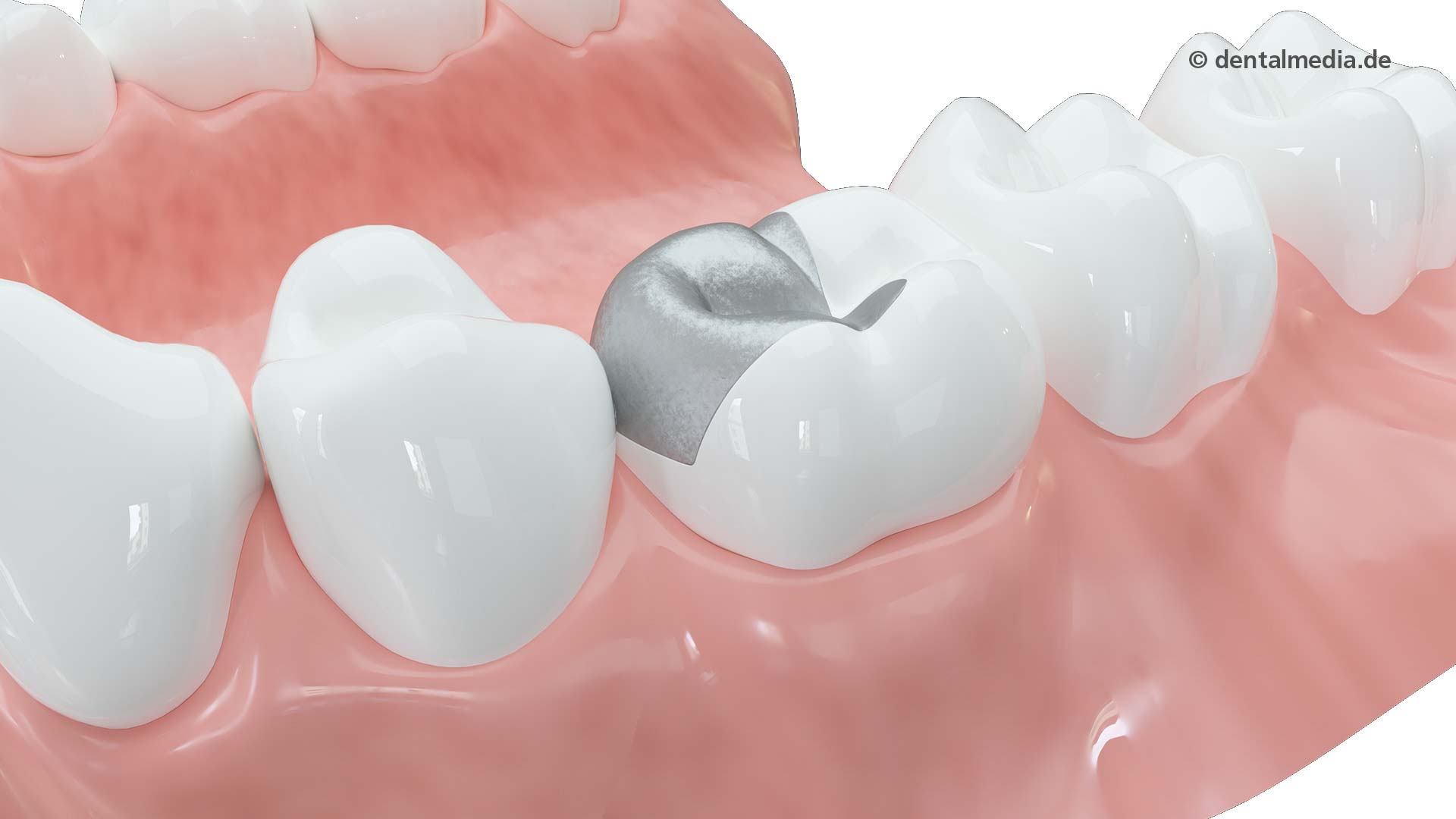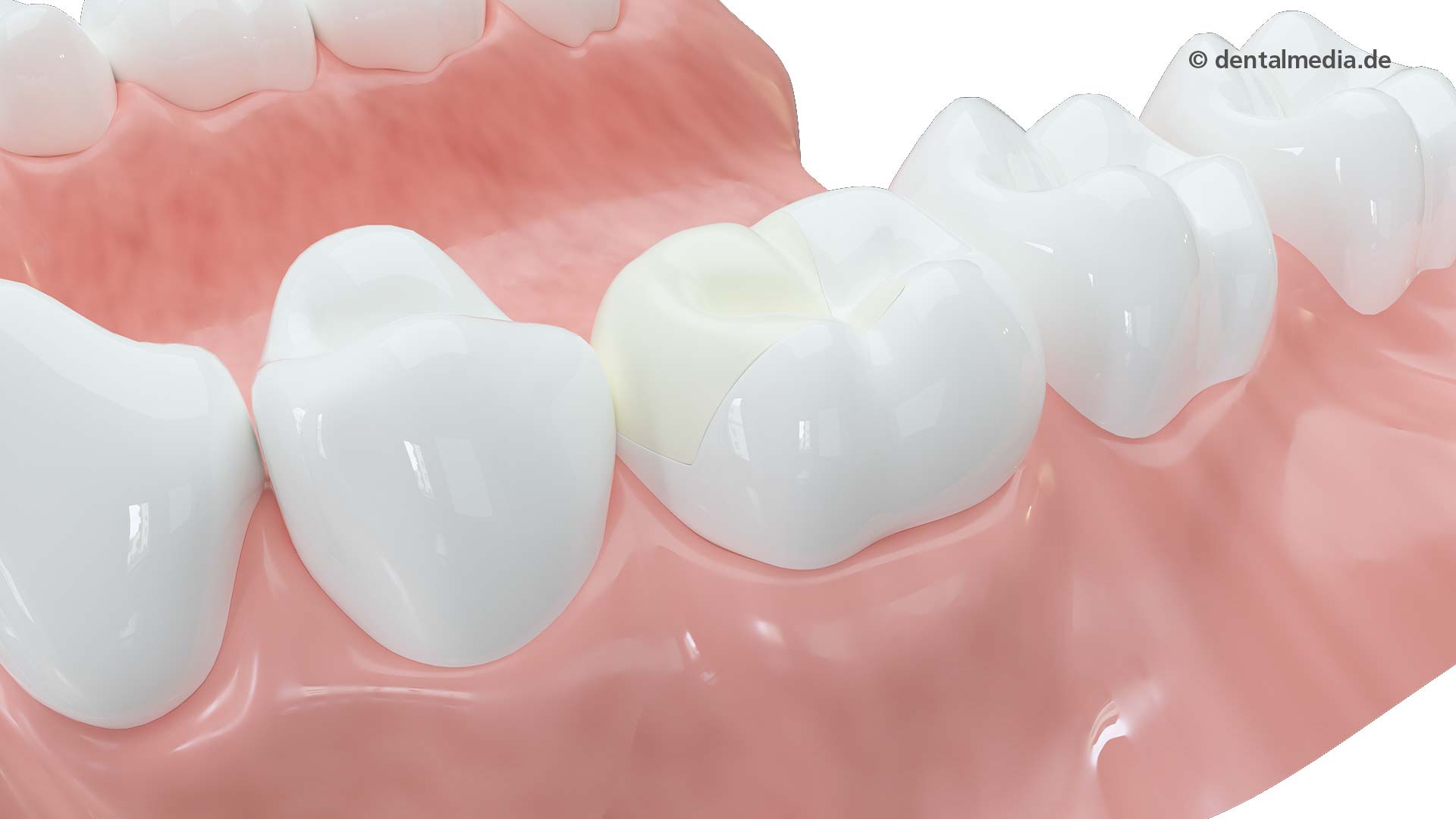DENTAL RESTORATION THERAPY
Composite filling and the tooth looks as good as new
In our practice, we provide almost exclusively composite fillings (synthetic fillings). The reasons are obvious: through the insertion technique, there is a secure and absolutely tight bond between the composite filling and the tooth, which wears the same as the natural tooth. This means a long lifespan for the filling. The composite filling further meets aesthetic expectations, since it is indistinguishable from the natural tooth.
What is a Filling?
A tooth filling (formerly: seal) is the replacement of lost dental hard tissue or sickened through tooth decay by the insertion of a filling material, with the goal of recreating a functional and cosmetically satisfying solution. Therefore we all wish, even in the case of non-visible areas, to create an optimal situation that does not reveal a defect in the affected tooth to the untrained eye.
There are fillings that incorporate plastic, like composite and amalgam fillings, as well as inlays.


